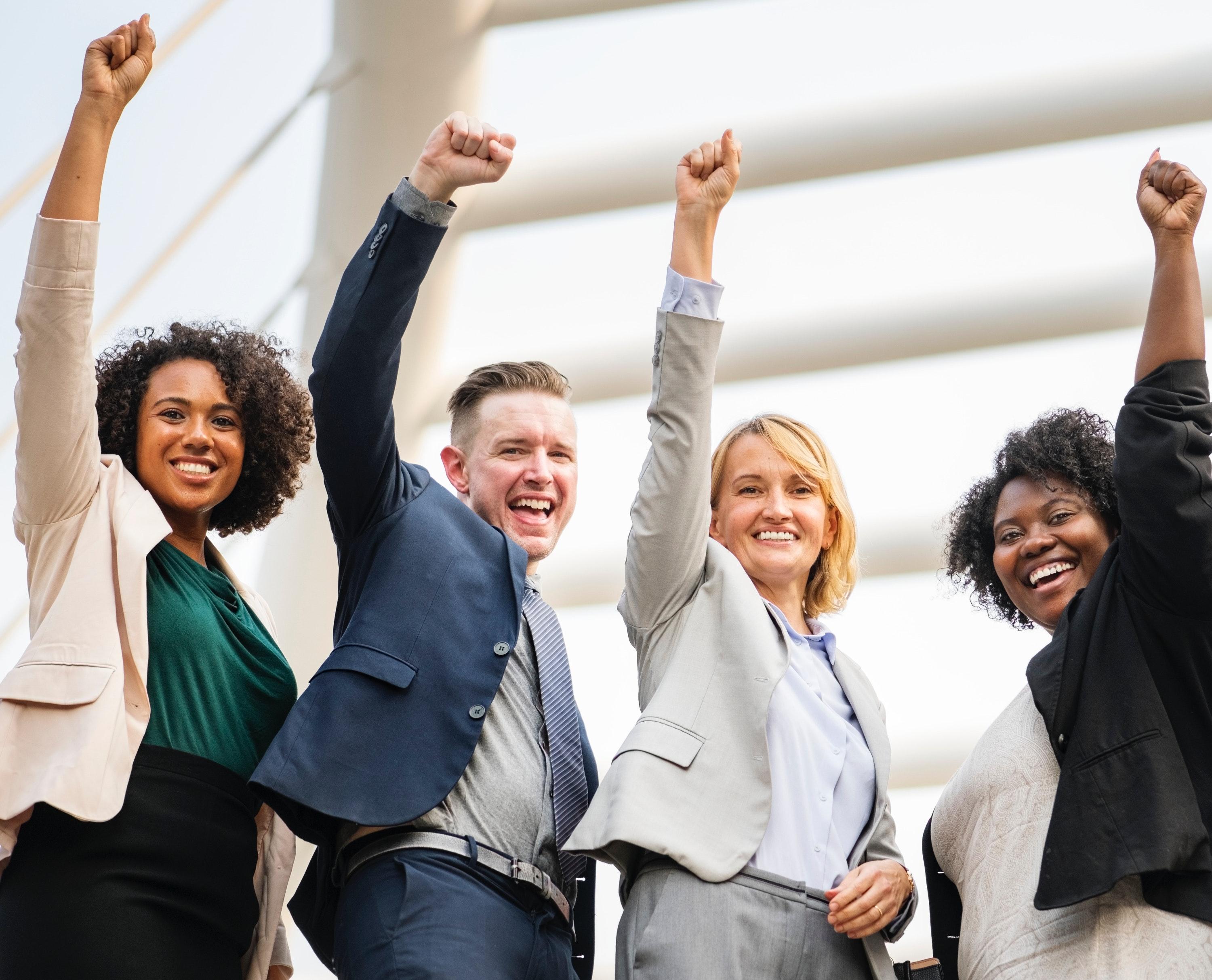Last year, you posted about sending donors valentines, which I came across a bit too late in the game, so I sent emails. But, this year, I kept that idea and planned for it, and sent handmade valentines to my top level donors. I felt like I was in 2nd grade with my glue stick and doilies, but the response has been amazing! Not only did my colleagues get in on the action, but I have received nothing but great comments via email and phone calls. Definitely a practice I’ll do every year. Thanks for the great idea!
— Rebekah Cross, Special Gifts Officer, Guiding Eyes for the Blind
I love a good celebration.
And nothing is more worth celebrating than a holiday, and your donors!
You’ve still got time to send a little love your donors’ way! It’s been a tough, and for many a lonely, isolating and “othering” few years. Chances are good we’re still in for a long season of time during which donors could really use a little extra love from you. Many folks — your donors included — are love starved right now.
Why might this be something for you to consider, amidst all the other “to-do’s” on your plate?
If you don’t do a lot more donor loving, you’re going to do a lot more donor losing.
I hope by now you know donor retention is the name of the game. It costs so much more to acquire a new donor than to keep an existing one. Yet too few nonprofits have serious, intentional donor stewardship programs in place. Because of that, on average, nonprofits lose roughly 8 out of 10 first-time donors and close to 6 out of 10 of all donors.
Don’t be one of those “take the money and run” organizations!
If donors only hear from you when you want something from them, they’re not likely to give more. Or even give again.
Be generous! Show donors how much their support means to you.
Really, donor love should be like breathing for you. In and out. Out and in.
- They love you, and show you (usually by giving a monetary gift).
- You love them, and show them (usually by offering an intangible “feel good” like prompt, personal and repeat gratitude).
You’ll be amazed at how a little love can go a long way.
This year why not dedicate Valentine’s Day to giving, not asking?
If you can’t send valentines to every donor, select a segment or two.
Think about those donors for whom you’d like to show some special love, because they showed you some. Show them you noticed! They could be:
- Major donors.
- Monthly donors.
- Donors who’ve given faithfully for five years or more.
- Donors who increased their giving this year.
- First-time donors of $100+.
- Donors who also volunteer.
- Board and committee members.
Details









 Giving is an emotional experience. It deserves an emotional response.
Giving is an emotional experience. It deserves an emotional response.


